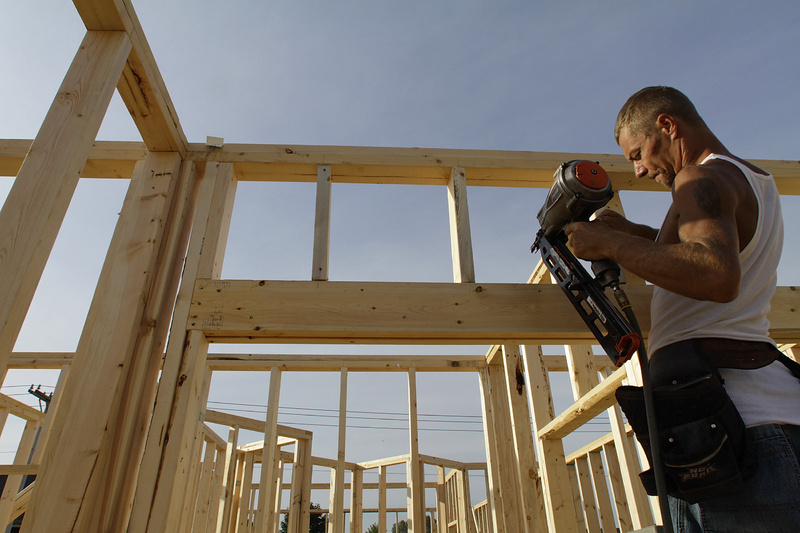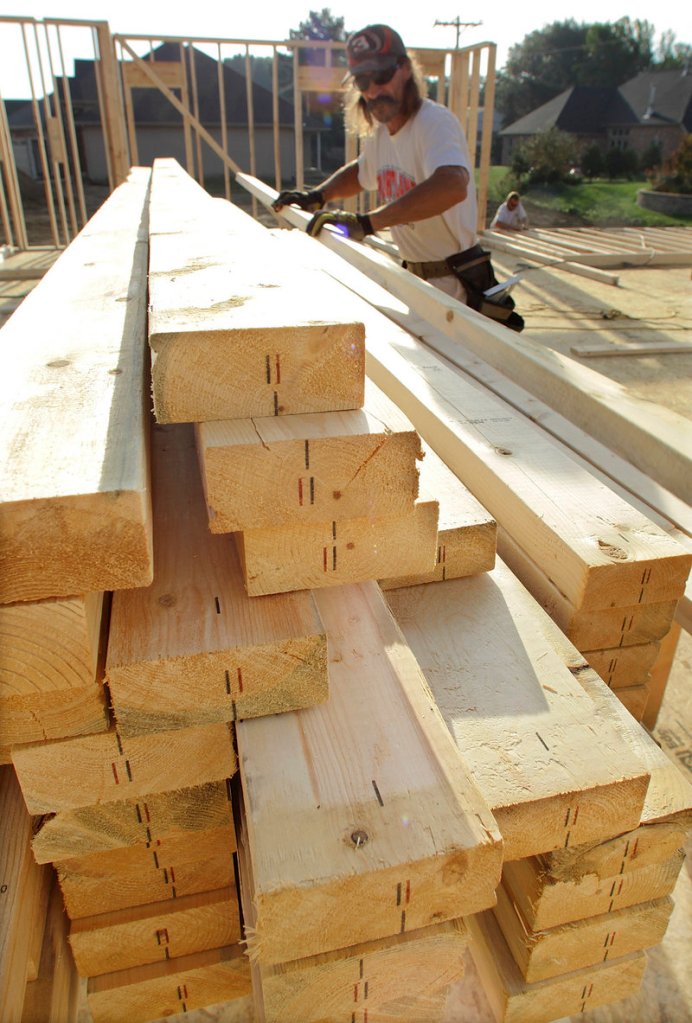WASHINGTON — Industrial production slipped in September, the first drop after six months of gains, according to data released by the Federal Reserve on Monday.
Production slipped 0.2 percent compared to August, although it was up 5.4 percent from September 2009. Economists polled by MarketWatch had expected a 0.2 percent increase.
Stocks rose Monday nonetheless, helped by strong quarterly results from Citigroup and a separate report showing homebuilders’ confidence rose for the first time in October in five months.
“U.S. manufacturing output contracted by 0.2 percent in September, illustrating that the previously robust recovery in the factory sector is definitely behind us now and this could even be the start of a renewed downturn,” said Paul Ashworth, senior U.S. economist at Capital Economics.
Indexes of production from April to August were each revised lower by marginal amounts.
The biggest drag on September output came from appliances, furniture and carpeting as well as from energy, both of which saw 1.9 percent decreases.
Automotive product production dropped 1 percent.
Transit equipment production improved 1.8 percent, and clothing and food and tobacco also saw output increases.
Capacity utilization slipped to 74.7 percent from a 74.8 percent rate in August – well below the 80.6 percent average between 1972 and 2009.
For the third quarter as a whole, U.S. industrial production rose at an annualized 4.8 percent rate, slower than the approximately 7 percent growth seen during the first and second quarters of the year. Manufacturing production decelerated sharply in the third quarter.
Ashworth noted that business-equipment production rose just 0.1 percent — demonstrating that after the release of pent-up demand, the growth rate of business investment has slowed.
The National Association of Home Builders/Wells Fargo housing market index rose 3 points to 16 in October to bring the gauge to the same level as June. Economists polled by MarketWatch expected the gauge to remain stuck at 13.
The report measures confidence in the market for newly built, single-family homes. Any number over 50 indicates that more builders view conditions as good than poor. The housing market index hasn’t been above 50 since April 2006.
“The new-homes market is finally moving past the lull that occurred when the home buyer tax credits expired and economic growth stalled this summer,” David Crowe, chief economist for the homebuilders group, said in a statement.
“While challenges such as competition from foreclosures, inaccurate appraisal values and general consumer uncertainty about the economy and job market continue to be major factors, builders have seen a slight increase in consumers who are considering a home purchase. The toughest obstacles really come down to financing the scarcity of construction credit for builders along with tougher mortgage requirements for consumers.”
Send questions/comments to the editors.




Success. Please wait for the page to reload. If the page does not reload within 5 seconds, please refresh the page.
Enter your email and password to access comments.
Hi, to comment on stories you must . This profile is in addition to your subscription and website login.
Already have a commenting profile? .
Invalid username/password.
Please check your email to confirm and complete your registration.
Only subscribers are eligible to post comments. Please subscribe or login first for digital access. Here’s why.
Use the form below to reset your password. When you've submitted your account email, we will send an email with a reset code.